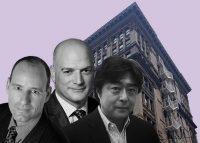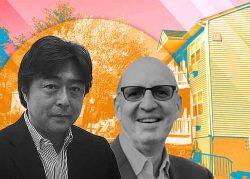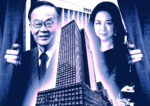Mori Trust’s recent purchase of a major stake in 245 Park Avenue was a massive move for the Japanese developer, but just the latest in what appears to be a growing trend out of the Asian country.
Japanese investors are returning to the Big Apple’s commercial real estate market, Crain’s reported. The resurgence comes after many went bust during the early 1990s, scaring some away from New York’s shiny skyscrapers.
When the investors played a larger role in the 1980s, historic Midtown trophy towers were the apple of their eye. But storefronts, walk-ups and prewar rentals are more desirable this time around as investors seek opportunities with more partners and less debt, hoping to sustain success.
The biggest splash came last month, when Mori Trust bought a 50 percent stake in SL Green’s Midtown tower. The purchase gave the company a toehold in the United States, where the owner of $8 billion in real estate is looking to expand.
Mori Trust is in good company with other Japanese investors making waves in New York.
Asset manager Tokyo Trust Capital — which has the backing of Mori Trust — has made a few deals in New York in recent years. Founded in 2016, the firm spent more than $103 million on a Soho mixed-use building prior to the pandemic and a $143 million purchase of a 416-unit multifamily complex in Westchester County, which it made in partnership with MC Real Estate Partners.
The mid-market is feeling the influence of Japanese investors, too. Sowa Kousan last month purchased a 10-unit apartment building in Yorkville for $12 million. Around the same time, it also bought an eight-unit building on the Upper East Side for $9.5 million.
William Crable, leader of Tokyo-based Efficiency Capital Advisors’ New York office, noted Japanese investors’ growing interest in Chelsea, the East Village and Brooklyn that coincides with Japan’s emergence from the pandemic.
“There’s a broad sense that, coming out of the pandemic, Japan is also finally coming out of the deflation that has plagued the country for decades,” Yale assistant professor Cameron LaPoint said. “But this time things aren’t looking as bubbly.”
— Holden Walter-Warner
Read more



